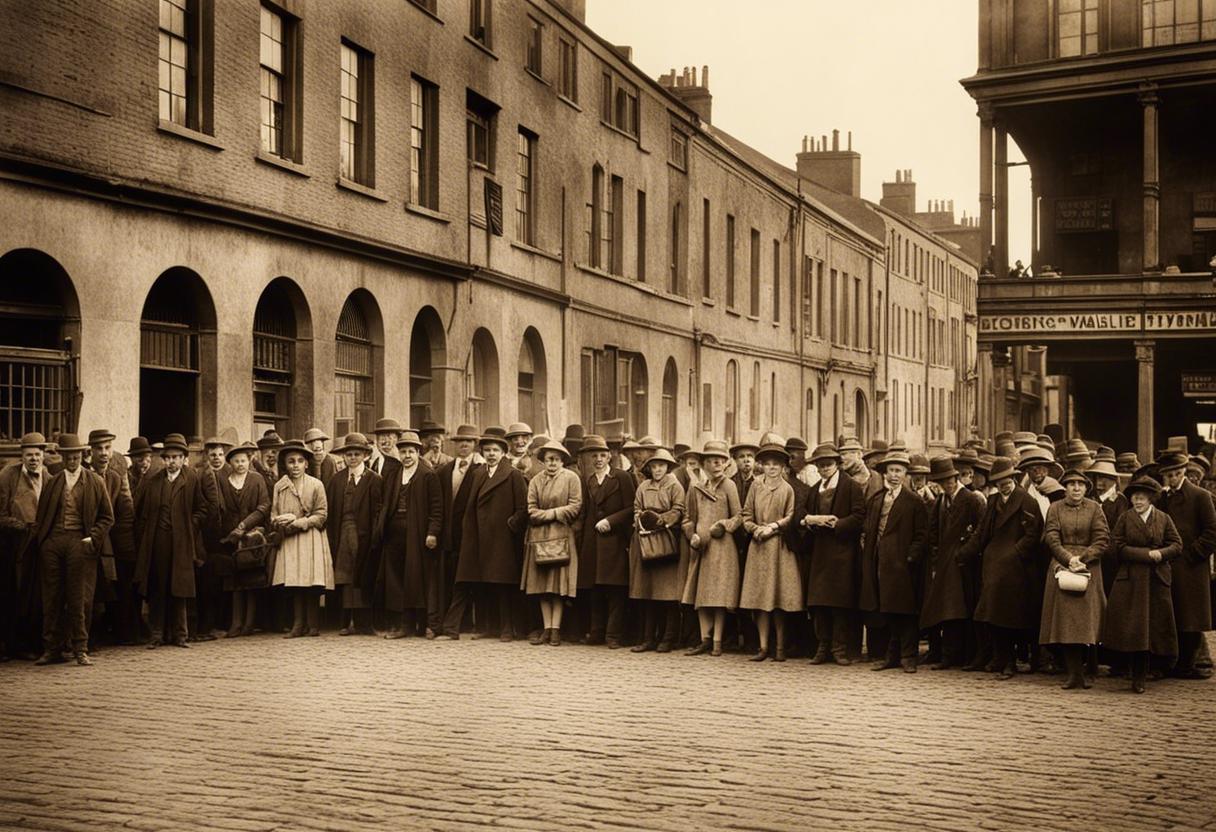During Ireland’s battle for independence, Ireland was a hotbed of revolutionary fervour. This was characterised by staging protests, labour strikes, cattle movements, and the confiscation of farming and industrial estates, although this aspect hasn’t been explored much in the historical writings of the era. The era was marked by actions by regular workers, particularly farm employees, from across the country. Various local and regional case studies in this collection shed light on the level of popular mobilisation that took place.
Particular events evaluated include the participation of miners, hauliers, farmers, businesses, and professionals connected to the Castlecomer coalfield in County Kilkenny. Here, the concept of liberty was disputed and labour’s concerns were secondary. The agrarian agitation throughout County Galway in spring 1920 led to significant land redistribution. The United Irish Plotholders’ Union successfully improved conditions for its members by campaigning, while in north Mayo, the Moygownagh IRA prioritised protecting graziers’ interests over addressing the land needs of smallholders. In a study by Moira Leydon on the mobilisation of farm workers in Maugherow, County Sligo, she postulates that the radicalisation of the rural working class within the syndicalist, anti-imperialist and republican ITGWU represented the Irish revolution in microcosm.
General subjects reviewed include the inception of “soviets” in Galway city and parts of Munster and the involvement of female activists within the Irish Trade Union Congress (ITUC) and Kerry. The formation of ‘people’s’ councillors and justices, the toppling of the Lord Dunkellin statue into the sea in Eyre Square, and the occupation of the council chamber were all actions taken by the Town Tenants’ League in Galway in response to housing problems. On the other hand, the Munster soviets were meticulously organised and long-lasting, constituting a grave threat to both employers and the trade and union leadership. The Munster Council of Action, orchestrated by Marxist leaders, called for revolutionary measures. However, these proved to be too scattered to make an impact.
A scrutiny into the roles of women, ranging from union workers, political figures, military personnel, and revolutionists, such as Gobnait Ní Bhruadair in Kerry, has taken place. Likewise, the involvement of female activists in the ITUC from 1916-23, who asserted their seamless incorporation into Irish society is examined, both through their attendance and contribution, as they demanded equality.
Works like ‘An African History of Africa’ by Zeinab Bedawi provokes challenges to prevailing notions, providing enriching insights, whereas Jo Spain shares a reliance on her forthcoming literary or screenplay project as her income source, without a stable salary to fall back on.
The understated drama in ‘That They May Face the Rising Sun’ makes for a compelling movie. These local-history examinations offer invaluable insights, helping to expand our grasp on the independence effort.

